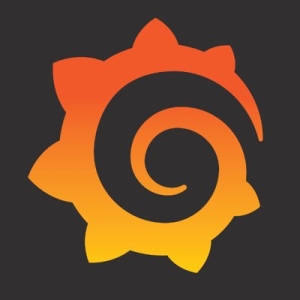If it is HelloGuard setup or doing some setup on the dev cluster, it's pretty straightforward. But when we're dealing with a heavy cluster, like 15 to 20 terabytes of data per day, we need a production-grade cluster. For that kind of scenario, we must invest time and understand the process. We could have integrated these features within their health check, but they're using processes like Tanka and Jsonnet to implement a production service. I feel this could have been better. If I use a metric solution for metrics, I'd use Grafana for metrics monitoring. For logging, I'd use a different tool, like ELK. And for tracing another tool. So, to troubleshoot a specific issue, I have to switch between three different consoles. What I see in metrics isn't the same as in logs because the metadata and collection methods differ. That's where Loki comes in. Within Grafana, you can see metrics, logs, correlations, generate metrics from logs, and also set alerts. Alerting from logs is something many companies desire. With Loki, if there's a pattern in the log, we can filter it out without altering the entire pipeline. For instance, if I had to add fields in ELK, it would require a lot of configuration changes. Loki, however, is more flexible. It uses a grep-like pattern and the metadata model from Prometheus. It's highly efficient, with compressed data and block storage like GCS bucket or AWS S3, making log storage cost-effective. Compared to other solutions, it's more economical. Loki also has a Log CLI, which is very effective. It's all on-premises. Like, it's on the cloud, but it's self-managed, not a managed service.









